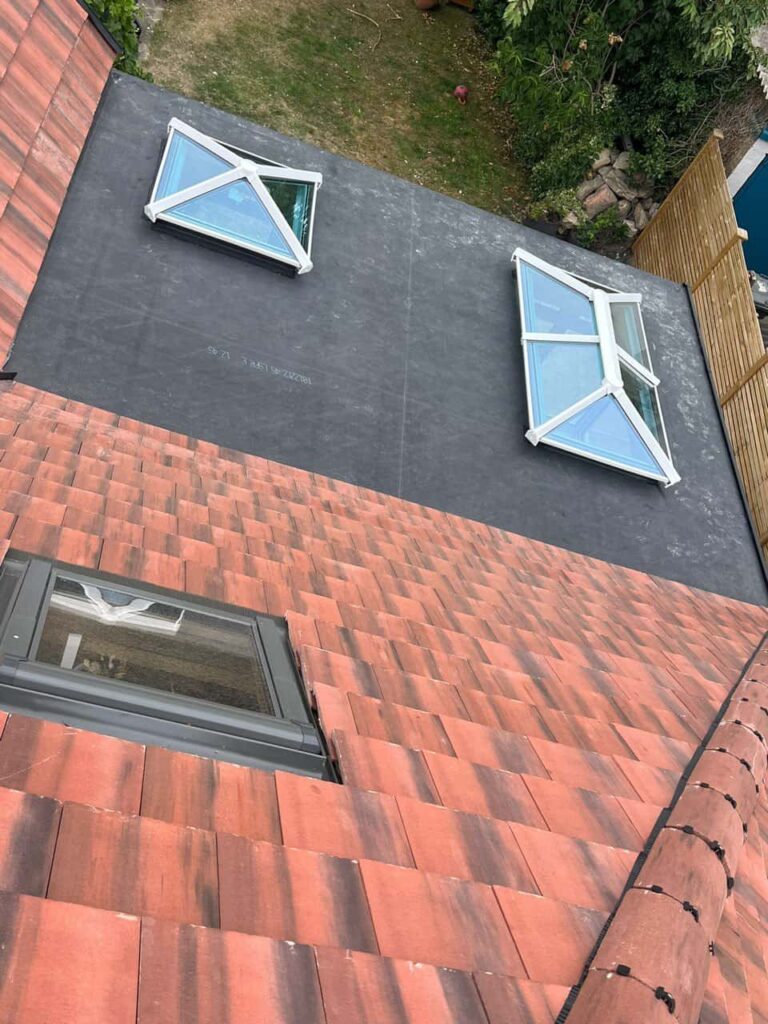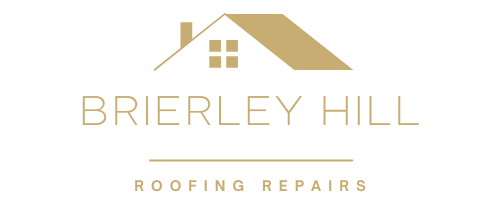Roof condensation is a common issue that can lead to significant problems if not addressed promptly. As a homeowner, understanding the causes of roof condensation and implementing preventive measures is essential for maintaining a healthy and safe living environment. At Brierley Hill Roofing Repairs, we aim to provide you with valuable insights on this topic, helping you protect your home from the damaging effects of condensation.
Understanding Roof Condensation
Roof condensation occurs when warm, moist air comes into contact with a cooler surface, such as a roof. This process causes the moisture in the air to condense into water droplets, which can accumulate over time. While condensation is a natural phenomenon, it can lead to various issues, including mould growth, wood rot, and structural damage.
Common Causes of Roof Condensation
- Poor Insulation
- Inadequate insulation in the attic or roof space can lead to heat escaping from the living areas of your home. When warm air rises and reaches the cooler roof surface, it can cause condensation to form. Proper insulation is crucial for maintaining a consistent temperature and preventing moisture buildup.
- Lack of Ventilation
- Insufficient ventilation in your roof space can trap warm, moist air, leading to increased humidity levels. Without proper airflow, the moisture has nowhere to escape, resulting in condensation. Ventilation systems, such as soffit vents and ridge vents, help facilitate air circulation and reduce humidity.
- High Humidity Levels
- Activities such as cooking, showering, and drying clothes indoors can increase the humidity levels in your home. If this moist air rises and comes into contact with a cooler roof surface, condensation can occur. Managing indoor humidity is essential for preventing condensation issues.
- Temperature Fluctuations
- Rapid changes in temperature, especially during colder months, can contribute to roof condensation. When the temperature drops quickly, warm air in the attic can cool down and condense, leading to moisture buildup.
- Poorly Sealed Roofs
- Gaps, cracks, or improperly sealed areas in your roof can allow warm air to escape, leading to temperature differences that promote condensation. Ensuring a tight seal around chimneys, vents, and other penetrations can help mitigate this issue.
How to Prevent Roof Condensation
- Improve Insulation
- Ensure your attic and roof spaces are adequately insulated. Using high-quality insulation materials can help maintain a consistent temperature and reduce the chances of condensation forming.
- Enhance Ventilation
- Install proper ventilation systems in your roof space to promote air circulation. This may include installing soffit vents, ridge vents, or roof vents to allow moist air to escape and prevent buildup.
- Control Indoor Humidity
- Use exhaust fans in bathrooms and kitchens to remove excess moisture from the air. Consider using a dehumidifier if indoor humidity levels are consistently high.
- Seal Gaps and Cracks
- Regularly inspect your roof for any gaps or cracks that may allow warm air to escape. Seal these areas with appropriate materials to ensure a tight fit and prevent condensation.
- Regular Roof Maintenance
- Schedule routine inspections and maintenance with a professional roofing service. They can identify potential issues, recommend solutions, and ensure your roof remains in good condition.
Conclusion
Roof condensation can lead to significant problems for homeowners if not properly managed. By understanding its causes and implementing preventive measures, you can protect your home from the damaging effects of moisture buildup. Ensuring adequate insulation, improving ventilation, controlling indoor humidity, sealing gaps, and committing to regular roof maintenance are all essential steps in preventing roof condensation.
Call us on: 01384 437 690
Click here to find out more about Brierley Hill Roofing Repairs
Click here to complete our contact form and see how we can help with your roofing needs.

